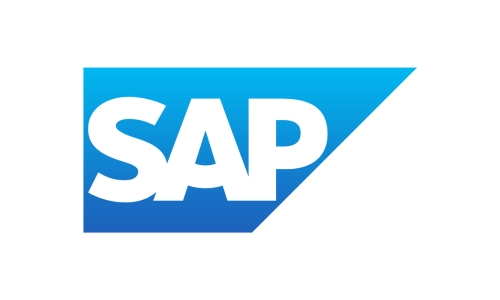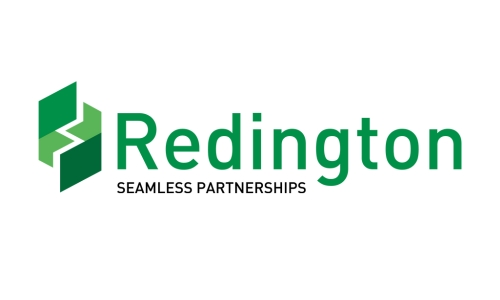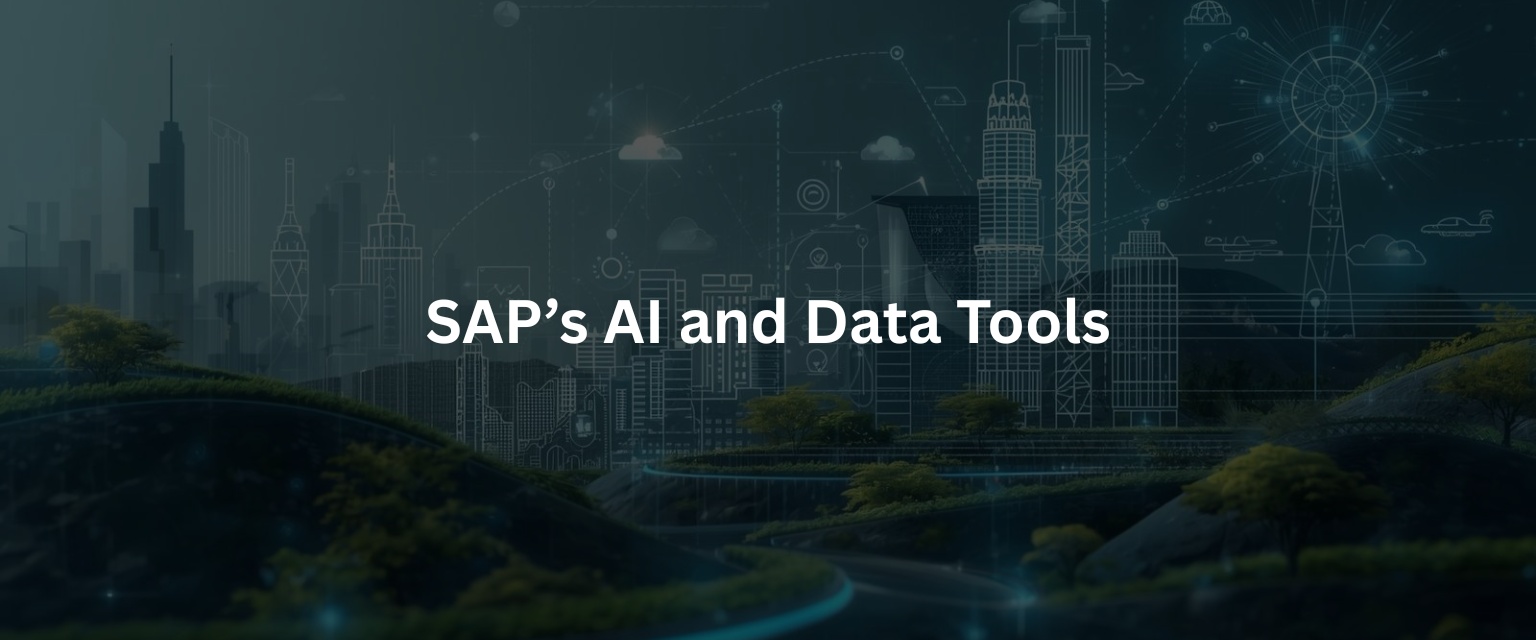Real-Time Sustainability at Your Fingertips
You’re the COO of a large manufacturing company in Abu Dhabi. Your morning dashboard, powered by SAP, shows not just your financial KPIs, but live readings of your carbon emissions, water consumption, and waste volumes from every site—across the UAE. There’s a warning: a supplier in Sharjah has updated its ESG rating. Within minutes, your team reacts, not next month. Auditors request a sustainability report, and you export one, fully validated, with a click.
What once took weeks of chasing data across departments, shuffling spreadsheets, and frantic manual calculations is now automated. Welcome to the world SAP’s AI and data tools are creating for UAE businesses: proactive, intelligent, and designed for the realities of sustainability.
Why This Matters: The New Business Mandate in the UAE

Sustainability is on every UAE executive’s desk—not just because of COP28 or government commitments to net zero, but due to investors, regulators, and multinationals demanding true, auditable impact. Unlike the old days of CSR as a press release, today’s leaders face:
- Pressure to report ESG performance accurately and on time
- Risk of losing business if they can’t prove green credentials
- Need to detect risks and optimize resource use at lightning speed
SAP has doubled down on AI and data analytics to make sustainability routine, transparent, and value-driving—turning it into a competitive edge in the UAE’s fast-evolving commercial landscape.
What Makes SAP Different? The Brain Behind Modern Sustainability
SAP’s next-gen tools don’t just collect data—they think, alert, and act. Think of SAP as your “sustainability control center” with three superpowers:

1. Connected Data, End-to-End
Old way: Data scattered between departments (finance, ops, HR, supply chain…), sitting in spreadsheets and emails.
SAP way: Every sustainability-relevant point—suppliers’ energy use, logistics emissions, workforce diversity, even product end-of-life—flows into a single database. No more silos. With platforms like SAP S/4HANA, SAP Sustainability Control Tower, and the Data Cloud, your view is immediate and unified.
Analogy: Instead of checking fire alarms one by one, you see every sensor’s status in one control room.

2. AI That Does the Heavy Lifting
AI isn’t just about cool tech. In SAP:
- AI flags anomalies: If your water consumption spikes or a supplier’s ESG score drops, you’re alerted before it’s a problem.
- AI predicts risks: Machine learning analyzes trends—“At this usage rate, you’ll miss your carbon target next quarter.”
- AI automates tasks: Routine reports, compliance filings, and supplier assessments are auto-generated, validated, and even submitted as needed.
Analogy: Like having a sustainability assistant who works 24/7, never gets tired, and never misses a detail.

3. Embedded Action & Automation
With SAP’s process intelligence (think SAP Signavio), sustainability isn’t separated from your day-to-day business. If a new order would push you over a carbon threshold, the system can auto-route approval, suggest alternatives, or even block the order until action is taken.
Analogy: Your navigation app reroutes you if there’s an accident ahead; SAP reroutes business actions to stay on track with your sustainability strategy.
Step By Step: How SAP’s AI-Driven Tools Transform Sustainability Monitoring

Step 1: Capture & Cleanse Data—Automatically
- Connect devices, sensors, and business systems for live data collection (energy, water, emissions, waste, supplier certifications, etc.).
- AI checks for “dirty data”—outliers, errors, inconsistencies—and prompts for fixes or excludes it from analysis.
- No more endless manual data entry or chasing department heads for updates.
Step 2: Analyze & Visualize Like a Pro
- Role-based dashboards give each team what they need—from the CEO’s big picture to operational detail for plant managers and procurement leads.
- Built-in benchmarking lets you compare your stats against industry peers or government targets.
- Interactive “what-if” models: “What if I swapped this supplier or upgraded machinery?”—quantify the sustainability and financial impact before making big decisions.
Step 3: Predict & Act on Risks—In Real Time
- AI runs scenario models to warn of compliance threats or supply chain vulnerabilities (e.g., if a new regulation will soon require greener packaging).
- Predictive analytics suggest optimal strategies—“shift more transport to rail,” “increase solar usage at site X,” “replace high-risk suppliers.”
- Automated alerts and recommended actions land instantly in your team’s workflow.
Step 4: Automate & Streamline Reporting
- AI drafts your sustainability (ESG) disclosures and regulatory filings according to UAE and international standards.
- “One-click” reporting for investors, boards, and rating agencies, complete with attached evidence and audit history.
- No blind spots, no risk of fines for late or inaccurate reporting.
How Does This Play Out for UAE Businesses? Local Examples
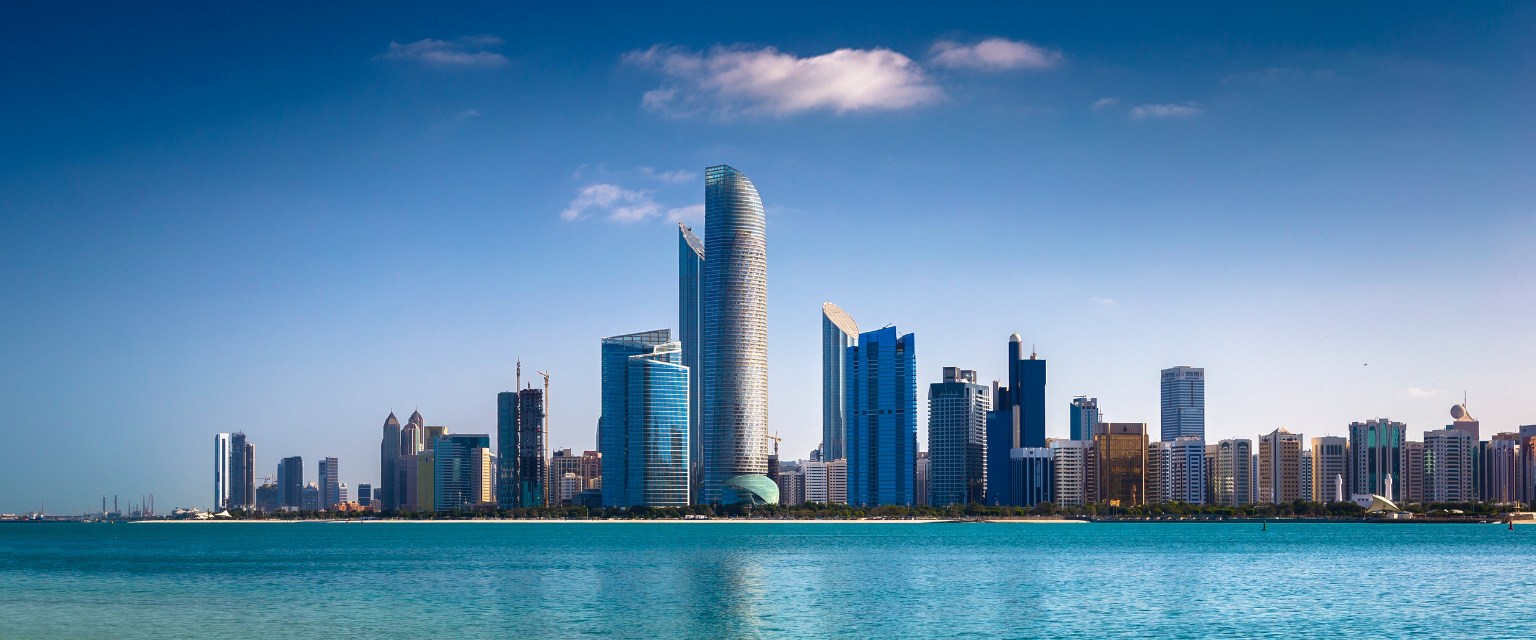
1. Manufacturing Giant, Dubai
SAP’s Sustainability Control Tower connects plant operations, ERP data, and supplier networks, tracking emissions and water use down to the machine. When overconsumption is detected, AI triggers an automatic alert to the maintenance team, who fix leaks and tune systems before monthly KPIs are missed.
2. Leading UAE Bank
Using RISE with SAP on cloud, the bank integrates ESG metrics into finance and procurement workflows. AI highlights areas where procurement policy can favor greener, local vendors. HR teams see dashboards on gender balance, training, and well-being—automatically populated, reported quarterly without manual prep.
3. Retail Chain
With IoT sensors feeding SAP data, energy usage in hundreds of stores and distribution centers is monitored per hour. AI correlates spikes to operational issues or “bad habits” (undue lighting, open freezers), triggering quick interventions. Over time, data-driven investments (LED, solar, insulation) are ranked by cost and impact, ensuring money spent delivers the greatest sustainability outcome.
Key Features Making the Difference
- SAP Sustainability Control Tower: Centralizes and normalizes ESG data from every business unit.
- Conversational AI Assistants: Like SAP Joule, allowing non-expert staff to query sustainability data (“What’s our current waste target status?”)
- Automated Green Ledger: Tracks emissions, waste, water, and compliance by product, site, or process—delivering insights in real time for any audience.
Benefits and Business Value
Pros |
Cons (To Watch For) |
|---|---|
|
Transparency: No more hidden risks or guessing—full clarity, always. |
Data Discipline Needed: The best AI is only as good as the data it ingests. Data hygiene projects are a must. |
|
Efficiency: Massive reduction in manual data work and compliance overhead. |
Change Management: Teams need comfort with new tools and to trust AI-driven recommendations. |
|
Resilience: Catch issues (in supply chain, compliance, performance) before they damage brand or bottom line. |
Initial Investment: Upgrading systems and training staff takes time and budget, but the ROI in efficiency and risk mitigation is substantial. |
|
Agility: Respond to regulatory changes, investor queries, or market risks overnight, not next quarter. |
|
|
Credibility: Investors, regulators, and customers know your numbers are real, verifiable, and auditable. |
Getting Started: A Roadmap for UAE Leaders

- Assess Your Current State: Map what data you have and where, and identify your biggest pain points (manual reporting, late compliance, missing supplier data).
- Prioritize Use Cases: Choose high-impact areas (carbon accounting, supplier risk, water use, HR diversity).
- Partner with Experts: Engage with an SAP-certified consultant familiar with UAE requirements, from VAT to waste management and supply chain regulations.
- Pilot AI Tools: Don’t boil the ocean. Start with one automated KPI, reporting flow, or risk alert.
- Build Data Discipline: Invest in cleaning up ERP, sensor, and supplier data.
- Involve Your People: Get champions in every department—they’ll foster trust and unlock new ideas for dashboards, actions, and next steps.
- Document and Celebrate Wins: Quick successes motivate teams and open the door to scaling.
Conclusion: Turning Visibility Into Value
SAP’s AI and data tools are revolutionizing the way UAE businesses monitor, manage, and master sustainability. No longer just about satisfying regulations, sustainability becomes an engine for efficiency, innovation, and trust.
The companies set to thrive in the next decade will be those who act today—making sustainability real, quantifiable, and actionable at every level.
Ready to move beyond manual reporting and reactive compliance? Experiment with SAP’s AI-driven tools, invest in your digital and data strategy, and empower your teams to become leaders in sustainability—both for your business and the UAE’s future.
Still unsure? The team at WMS MIDDLE EAST is ready to help you unpack your requirements, run a tailored assessment.
The next step is easier—and more valuable—than you think.
FAQS:-
What are SAP’s key AI and data tools for sustainability in the UAE?
SAP’s tools include the Sustainability Control Tower, SAP S/4HANA, integrated analytics, AI-powered anomaly detection, predictive forecasting, automated ESG reporting, and conversational AI assistants to streamline sustainability monitoring.
How do these tools help UAE companies stay compliant?
SAP’s AI automatically collects and validates data, generates audit-ready reports, tracks evolving UAE and international requirements, and provides real-time alerts, reducing compliance risks and manual workload.
Can SAP’s AI tools predict and prevent sustainability risks?
Yes, predictive analytics in SAP highlight trends, forecast potential compliance gaps, and recommend proactive actions—helping companies avoid penalties and reputational damage.
How do AI and automation reduce manual work?
Routine data collection, cleansing, reporting, and supplier tracking are all automated, freeing your sustainability team to focus on strategy, innovation, and continuous improvement.
Who can use SAP’s sustainability dashboard and tools?
SAP’s dashboards and AI insights are role-based—COOs, finance, operations, sustainability leads, procurement, and even auditors can access actionable, relevant data.
How secure is the data used in SAP’s sustainability platforms?
SAP provides enterprise-grade cloud security, including encryption, access control, compliance with UAE regulations, and regular audits to keep your data safe.
Are SAP AI-powered sustainability solutions suitable for SMEs in the UAE?
Yes, cloud-based and modular SAP tools make advanced capabilities accessible and scalable for both large enterprises and mid-sized firms.
What is the biggest hurdle for UAE companies adopting AI for sustainability?
Ensuring data accuracy and consistency is essential. Change management and initial staff training are also key for successful adoption.

Jewel Susan Mathew
Experienced SAP specialist and content writer, helping CXOs and leaders drive digital transformation with SAP solutions like S/4HANA, Ariba, Business One, and SuccessFactors.

 SAP Cloud ERP Private
SAP Cloud ERP Private SAP Cloud ERP
SAP Cloud ERP SAP Business One
SAP Business One SAP Business ByDesign
SAP Business ByDesign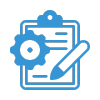 SAP SuccessFactors
SAP SuccessFactors SAP Ariba
SAP Ariba SAP Sales Cloud
SAP Sales Cloud SAP Concur
SAP Concur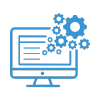 SAP Business Technology Platform
SAP Business Technology Platform SAP Analytics Cloud
SAP Analytics Cloud SAP Signavio
SAP Signavio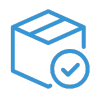 SAP Business One FASHION
SAP Business One FASHION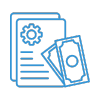 SAP Business One PAYROLL
SAP Business One PAYROLL SAP Business One PDC
SAP Business One PDC SAP Business One PDT
SAP Business One PDT SAP Business One REAL ESTATE
SAP Business One REAL ESTATE SAP Business One RENTAL
SAP Business One RENTAL